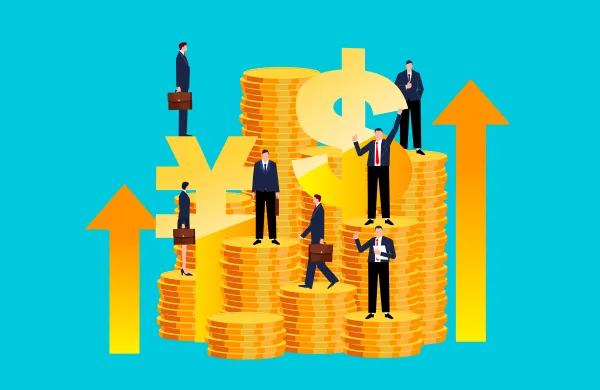Investors are increasingly turning to private-equity firms in Europe for yield just as it’s taking longer for the buyout industry to exit their deals.
European private-equity firms last year raised the most capital since the financial crisis while divestitures slowed, according to an Invest Europe report this week. They exited buyout investments in more than 800 companies, with an 18 percent drop in the amount divested compared to 2015, the report shows.
Investors are concerned about how much they’ve contributed to private-equity funds because it may take longer than they initially estimated to see a return on their money, according to Graham McDonald, head of private equity at Aberdeen Asset Management. Some also are worried that the high level of cash that buyout firms raised has resulted in increased competition for assets and expensive deal valuations.
“There are currently legitimate concerns about the prices being paid for assets,” McDonald said by phone. “That combined with the low interest rate and growth environment begs the question: are they going to see a compression in returns?”
McDonald said he expects that European buyout firms will make about 2.5 times their initial investments in companies over a five-year period.
The European private-equity industry raised €74.5 billion ($83.1 billion) last year, the most since 2008, after making €40 billion of divestments in 2015, according to the report from Invest Europe, which is an association of European private-equity firms. That included about €56 billion of buyout fundraising, a 70 percent increase from 2015 that was driven by larger funds, the report shows. Pensions remained the largest institutional investor in European buyout funds.
The most prominent method of exiting buyout deals was through a sale to other private-equity firms, representing 31 percent of last year's €28.4 billion of divestitures at cost, the report shows.
A company may see a second or third private-equity owner because the first owner cashed out before achieving all potential improvements to operations, according to Michael Collins, Chief Executive Officer at Invest Europe.
“Pass the parcel for the sake of pass the parcel is where investors get concerned,” said McDonald, adding that he doesn’t see this often. “We’ve certainly seen companies in their second or third iterations where you still see healthy returns being achieved for investors,” he said of businesses that are sold by one private-equity manager to another.
Meanwhile, many investors strapped for liquidity because of delayed exits by buyout firms are looking to the secondary markets to sell their private-equity interests.
Secondary markets have seen “phenomenal growth,” McDonald said.
Such markets allow investors to experiment with asset classes, and helps them gain access to larger private equity firms they might not otherwise be able to access, according to Collins.
“In the past, it might have looked like a sign of a lack of confidence,” he said. “Now the secondaries market being seen as the next step in the development of that asset class.”







